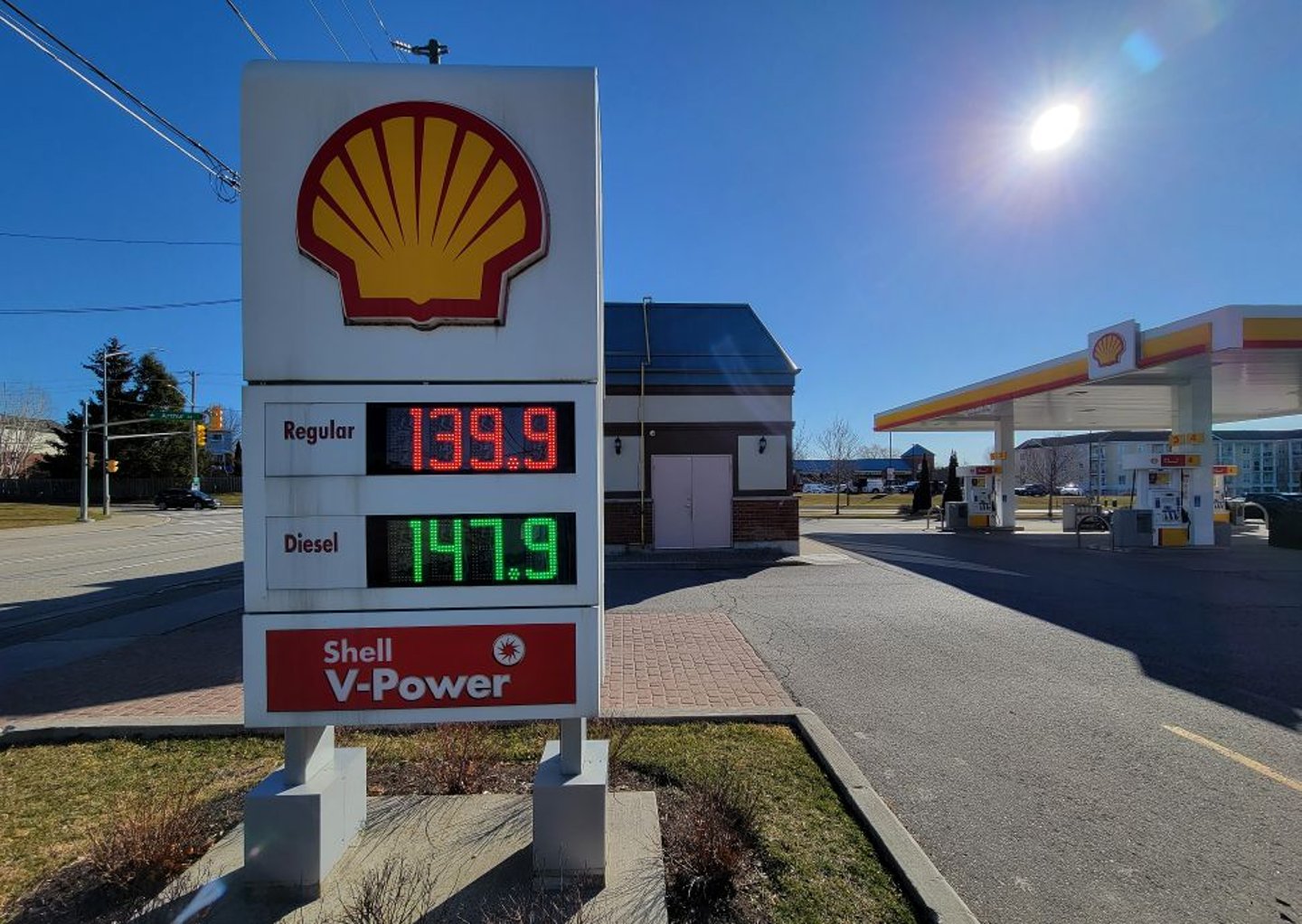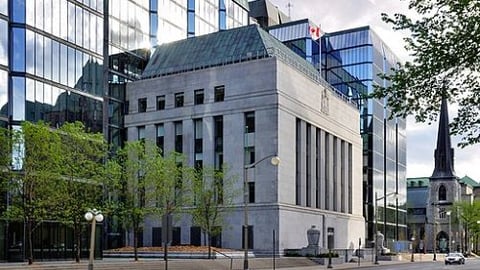Inflation slows sharply to 1.7% in April as consumer carbon price ends
The end of the consumer carbon price at the start of April drove inflation down sharply, Statistics Canada said Tuesday, but there were signs of pressure building at the grocery store.
The annual pace of inflation cooled to 1.7% last month, down from 2.3% in March, the agency said. That’s a little higher than the 1.6% expected by a poll of economists.
Canadians were primarily finding relief at the gas pumps in April.
Statistics Canada said gas prices fell 18.1% year-over-year in April, thanks mostly to the end of the carbon price, but also because global oil prices fell amid declining demand and higher production from OPEC countries. Natural gas prices also fell 14.1% annually in the month.
Excluding energy from the consumer price index, StatCan said inflation would have come in at 2.9% for April – an increase from 2.5% for the same calculation in March.
The only province that didn’t experience a slowdown in inflation last month was Quebec, a province that has its own cap-and-trade system and therefore didn’t benefit from the end of the federal carbon price regime.
But while consumers found it cheaper to gas up in April, pressure was building at the grocery store.
Prices for food bought from the store rose 3.8% last month, StatCan said, accelerating from 3.2% in March.
On an annual basis, prices for fresh vegetables rose 3.7%, the cost of fresh and frozen beef was up 16.2% and prices of coffee and tea rose 13.4%, the agency said.
Grocery store inflation has now outpaced the overall consumer price index for three months in a row.
Canadian travellers also felt the pinch as travel tour prices rose 3.7% monthly in April, reversing course after a decline of 8% in March.
The April inflation figures come a little more than two weeks before the Bank of Canada is set to make its next interest rate decision on June 4.
The central bank held its policy rate steady at 2.75% at its decision in April, saying then that it needed more time to see how Canada’s trade war with the United States was impacting the economy.
READ: Statistics Canada says retail sales fell 0.4% to $69.3B in February
April inflation rates for selected Canadian cities
Statistics Canada released rates for major cities, but cautioned that figures may have fluctuated widely because they are based on small statistical samples (previous month in brackets):
— St. John's, N.L.: 0.2% (0.8)
— Charlottetown-Summerside: 0.8% (1.9)
— Halifax: 1.7% (2.5)
— Saint John, N.B.: 0.2% (1.8)
— Quebec City: 2.4% (2.1)
— Montreal: 2.5% (2.1)
— Ottawa: 2.0% (2.7)
— Toronto: 1.7% (2.2)
— Thunder Bay, Ont.: 1.5% (2.2)
— Winnipeg: 2.1% (3.1)
— Regina: 2.1% (2.5)
— Saskatoon: 2.1% (2.8)
— Edmonton: 1.5% (2.9)
— Calgary: 1.6% (3.0)
— Vancouver: 2.2% (2.4)
— Victoria: 1.9% (2.5)
— Whitehorse: 3.6% (3.5)
— Yellowknife: 2.7% (2.3)
— Iqaluit: 1.0% (0.8)



